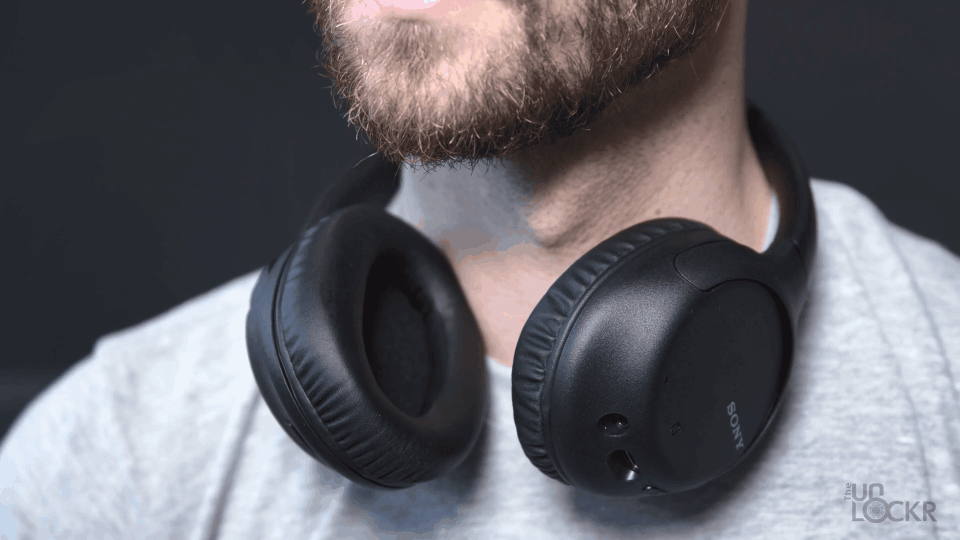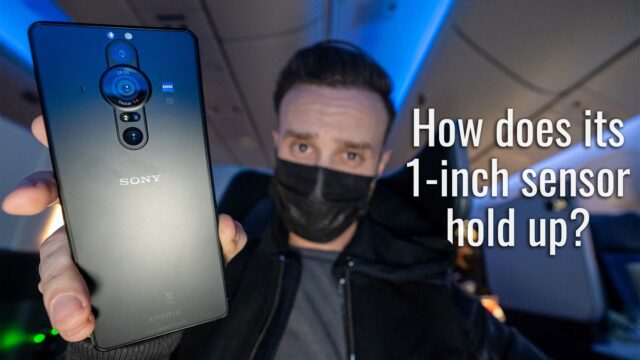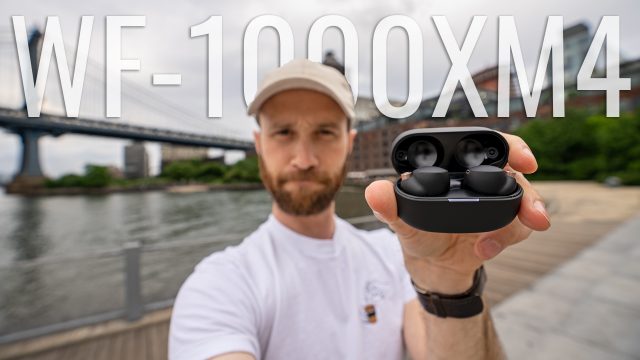Sony WH-CH710N Complete Walkthrough: A Cheaper Alternative to the 1000XM3
I did a video not too long ago on the Sony 1000XM3’s and just how well Sony did at competing with the then defacto noise-canceling headphones the Bose QC35’s. Honestly, they were great.
But they were also pricey sitting around the same price as the QC35’s at launch at about $350. These CH710Ns (yes Sony is terrible at naming headphones) seem to have some of the same qualities that people appreciate about the 1000XM3’s but at a much lower $199. So since Sony sent me a pair to borrow to check out, I figured I’d do a complete walkthrough on them to see how they stack up.
If you aren’t familiar a complete walkthrough on this channel is where I try and go through every single feature I possibly can on a new device so you guys are better prepared should you be in the market to actually go buy one.
With that said, there is a lot to go through, so let’s get started with the hardware.
The first thing you’ll notice about them is the fact that they are made out of a matte plastic that feels cheaper of course than the 1000XM3’s but still looks nice and minimalistic like those did and makes them super light (223 grams or so).

They have a decent amount of cushion at the top but there is a bit of a gap between the headband and the sides of your head.

On the left cup, we have our power button, our 3.5mm audio jack so you can use the included cable to plug them in instead of using them via Bluetooth if you wanted, and we have a thankfully USB-C port to use for charging them.
According to Sony, they can get up to 60 mins of use from 10 mins of charge. So, as is the usual here, let’s see how they do.
Besides this, Sony also claims that on a full charge you’ll be able to get a whopping 35 hours of use, so again, let’s do an albeit unscientific test and see how much it loses after 30 mins of playback.

Moving to the right cup, we have our volume up and down along with an action button in the between them for pausing and playing music, answering calls and you can tap and hold it to get Google Assistant or Siri depending whether you have it connected to an iPhone or Android device (it’ll also ask if you want to use Bixby if using a Samsung phone).
That button also can be double-tapped to go forward a track in your playlist and triple tapped to go back.

We also have a button to control to cycle between noise-canceling on, ambient control mode which lets in a bit of sound and ambient mode which turns off noise cancellation entirely.
As with most headphone walkthroughs I do here on the channel, let’s to the old microphone in the earcup test to show what it sounds like along with those different versions.
Unfortunately, since we’re all in quarantine, I can’t test this in a plane like I normally would (as I feel that’s where noise-canceling comes in the handiest), so instead, I’ve cranked the heater and opened the window and I’m sitting quite close to both of them to try and mimic some ambient noise. Doing my best guys, I don’t know.

Speaking of traveling with them (which hopefully we’ll all be able to do again soon-ish) they don’t come with any sort of case. I personally don’t like the hard cases that these sometimes come with since they take up too much room in my bag (even though I get that they provide extra protection), but I do wish they came with a nice pouch at least as most headphones do.

The other issue here regarding portability is the fact that these headphones don’t fold up in any way. Unlike others that can be folded so that they get more compact and fit in your bag much better, these are rigid so you’ll have to figure out how to wedge them in your travel gear or just wear them around your neck constantly.

Something I also found odd is the fact that after trying to connect to the normal Sony Headphones app on both iPhone and Android it turns out that these headphones are not supported by the app. I reached out for comment as to why and was told there is no official word as to why they aren’t supported or if there will be support in the future which just seems odd to me.

The app normally lets you control the EQ settings, the noise cancelation levels, as well as a few other pretty handy features and so it’s just weird to not include it for these as well (at least at the time of doing this video). Let’s hope they’ll add it eventually and even just the more basic functions like the EQ etc.
Now, lastly, I wanted to simply test the noise canceling and sound quality on these versus that of the flagship 1000XM3’s, I imagine just by looking at the spec sheets for both that they won’t be as good as their much more expensive siblings but I’d love to know and imagine you might as well, how close they come.
And there you go, frankly, I’m not an audiophile and so while I’m sure some people with better-trained ears might hear a bigger difference between the two, I feel like the sound quality is still great for the much lower price. As for the noise-cancellation, it’s also great for the price comparatively.
And frankly, when comparing these properly to another pair of noise-canceling headphones that are the same price, they’re pretty darn good.
What do you guys think though?






